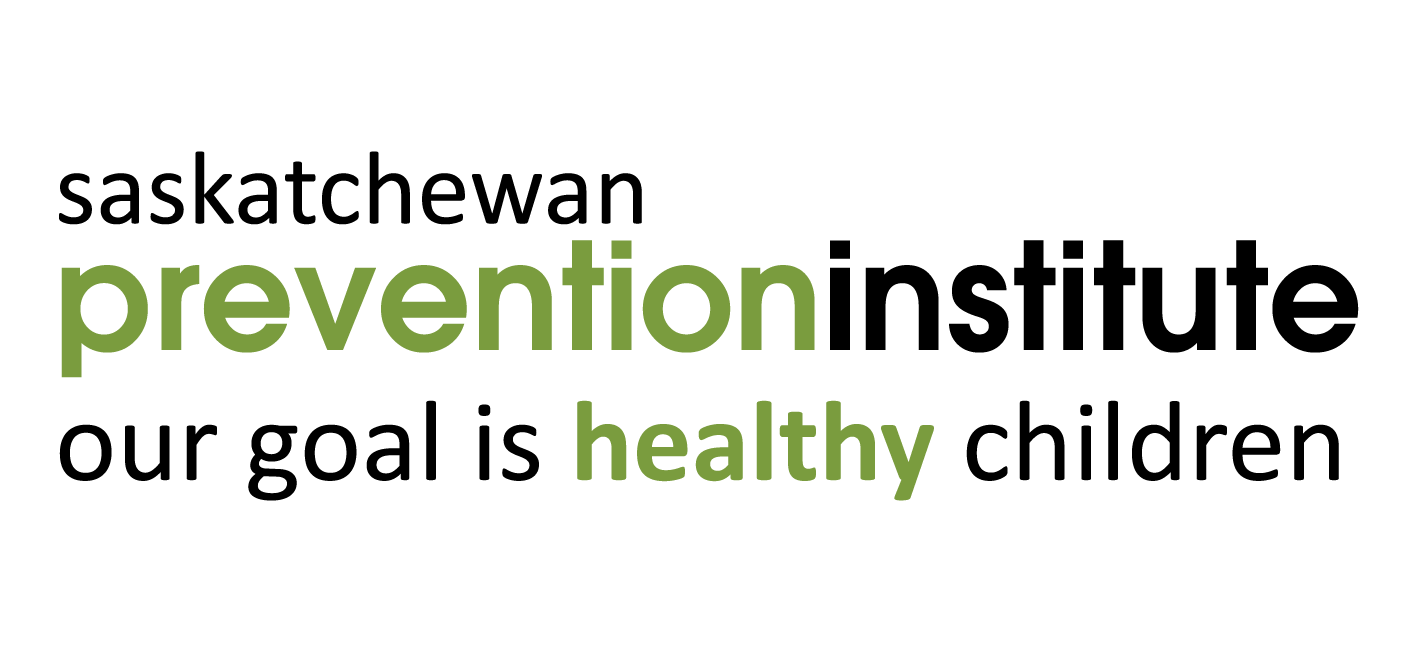
- Display 15 Products per page
-
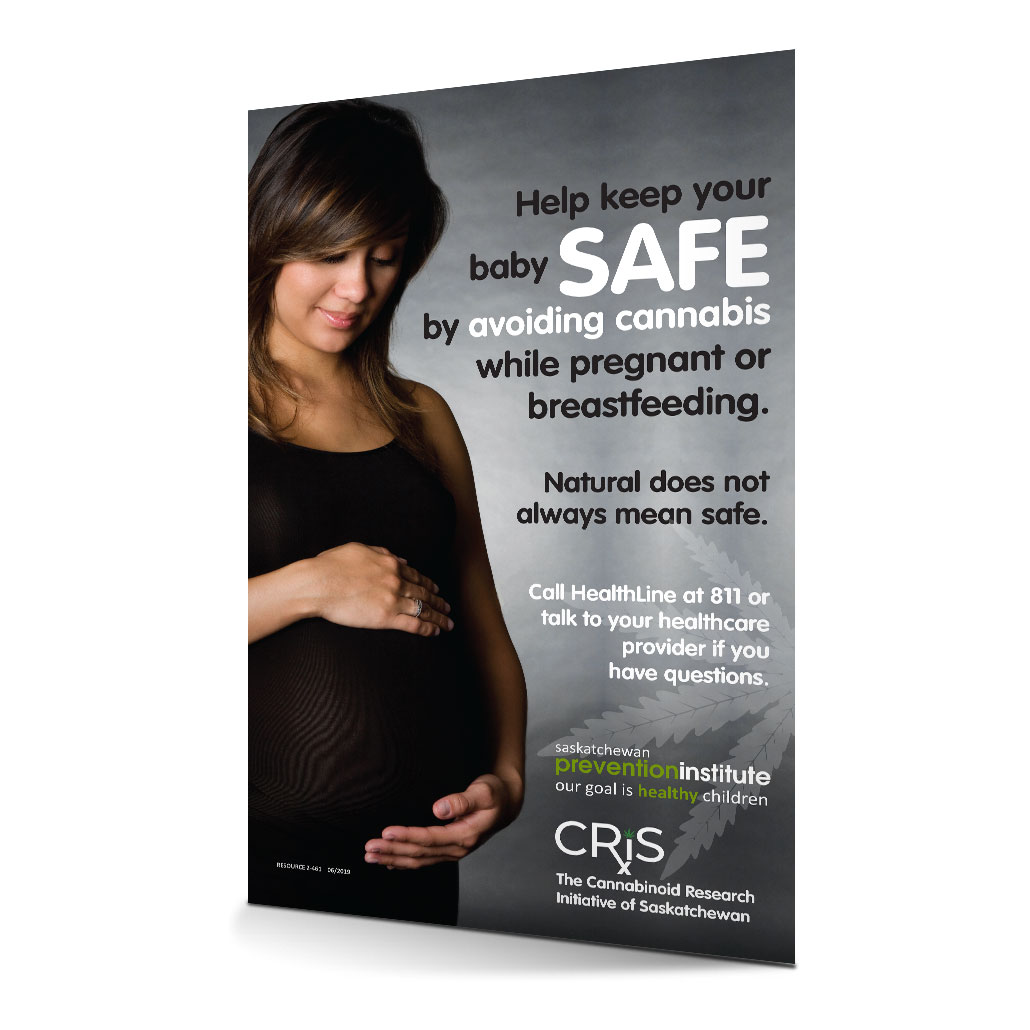
Cannabis and Pregnancy Poster
Poster, 2019
Cannabis can be harmful. This poster highlights that cannabis can harm developing fetuses during pregnancy, and infants through breastfeeding. This poster was created in partnership with the Cannabinoid Research Institute of Saskatchewan.
SKU: 2-461 -
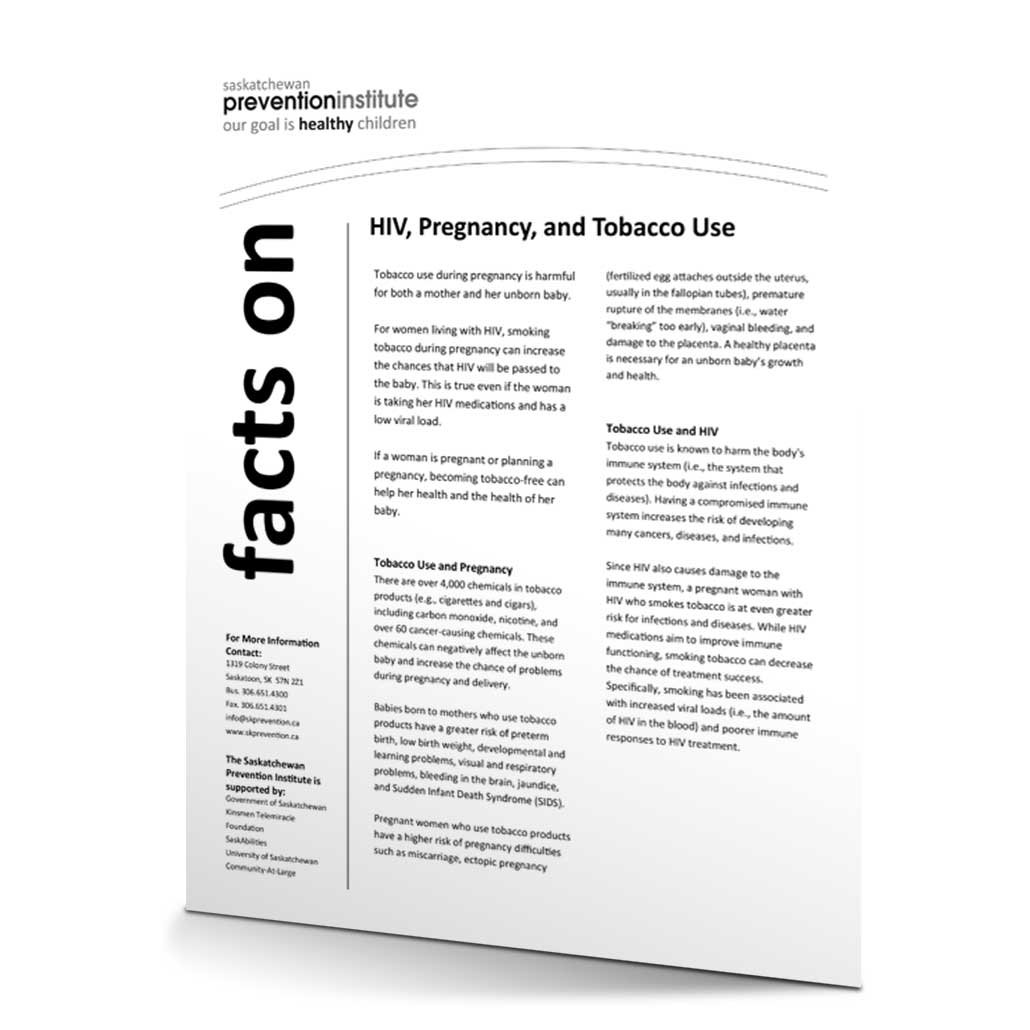
HIV, Pregnancy, and Tobacco Use
Fact Sheet, 2019
This fact sheet explains that for women living with HIV, smoking tobacco during pregnancy can increase the chances that HIV will be passed to the baby. Websites are listed to help pregnant women and those planning a pregnancy to quit or reduce their tobacco use.
SKU: 7-515 -
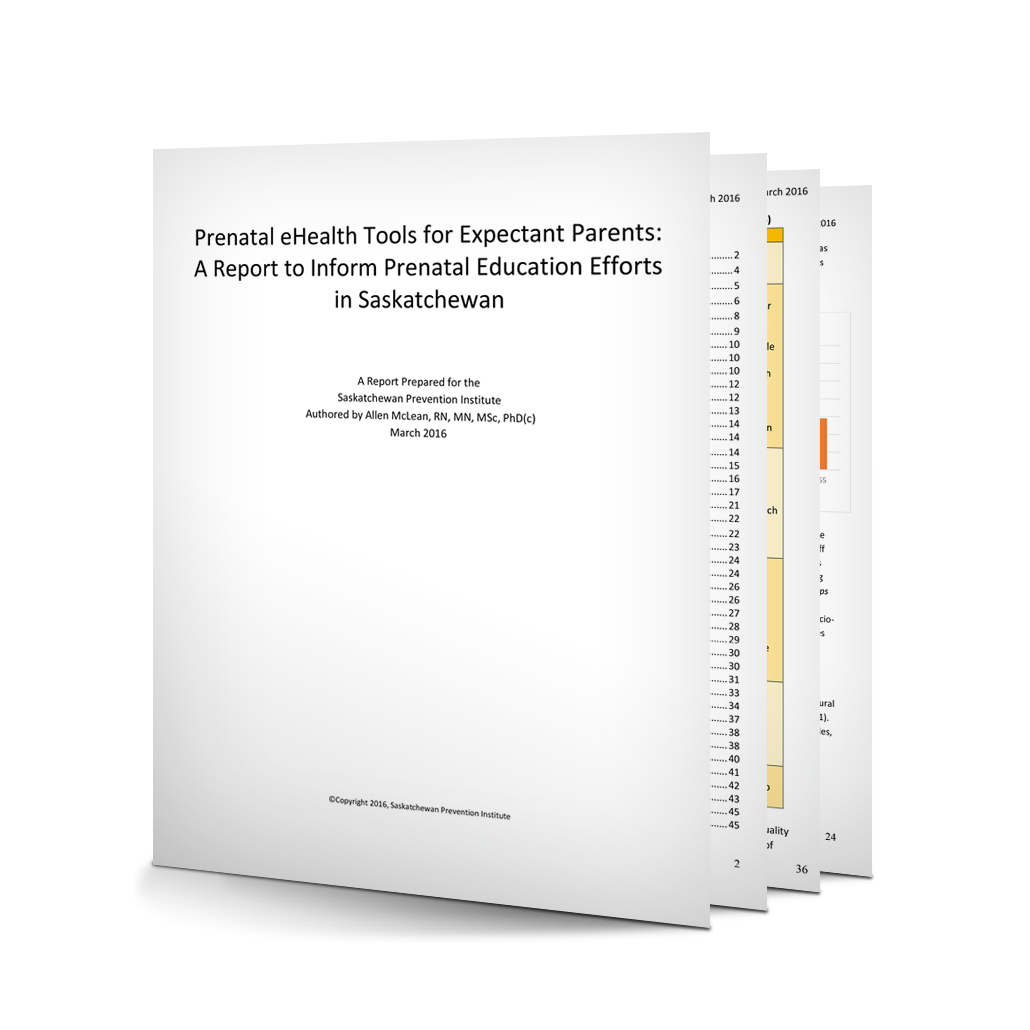
Prenatal eHealth Tools Report
Report, 2016
Expectant parents today have access to a wealth of information on pregnancy and childbirth, and much of that information is accessed electronically. Knowledgeable healthcare providers who understand the strengths and limitations of these new technologies are in an excellent position to offer expert guidance to women using these technology-based prenatal health tools. This report seeks to educate interested stakeholders about eHealth, what it entails, the potential benefits and challenges, and recommended options for using eHealth to provide quality prenatal information to residents of Saskatchewan.
SKU: 2-901 -
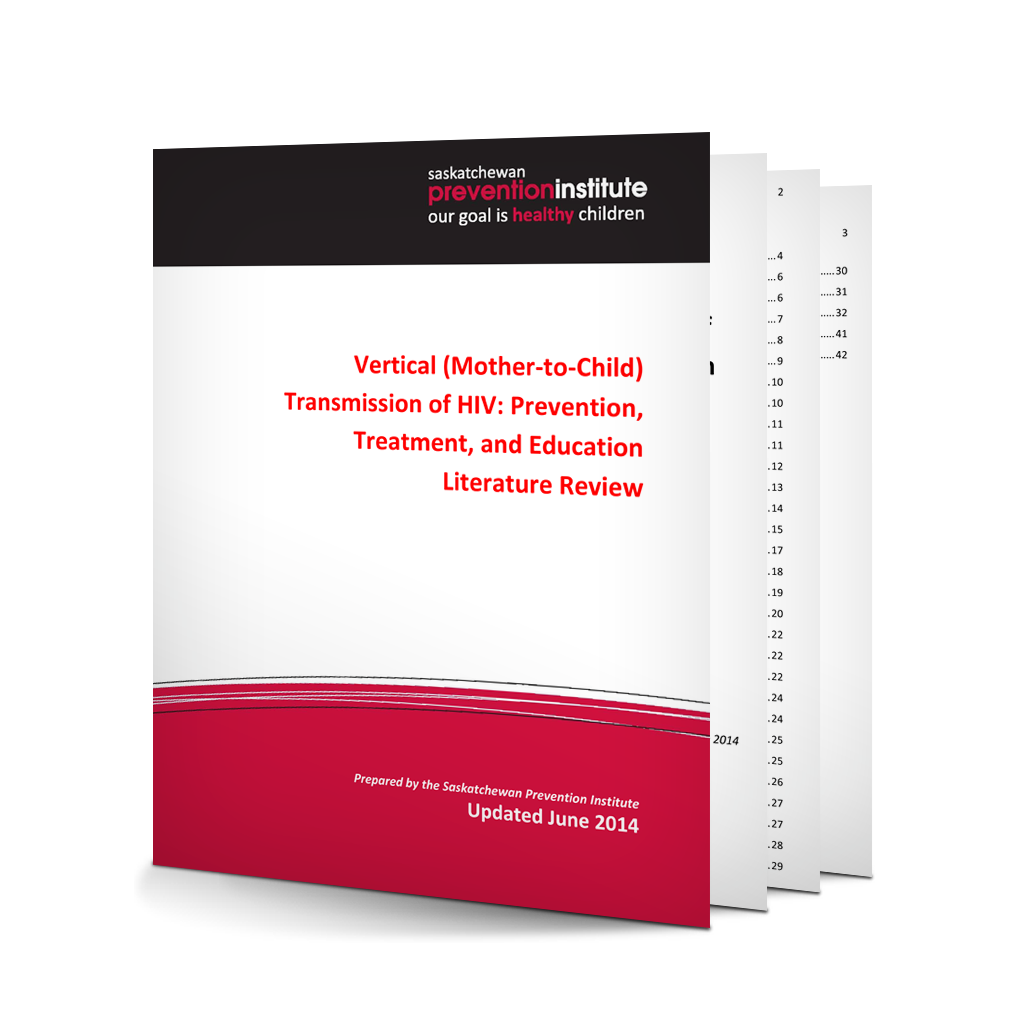
Vertical (Mother-to-child) Transmission of HIV: Prevention, Treatment, and Education
Report, 2014
Saskatchewan continues to see high rates of new cases of human immunodeficiency virus (HIV) infection in comparison to the rest of Canada. A large number of these new cases are being identified in women of childbearing age.
Recognizing the importance of understanding HIV in the context of pregnancy, the Saskatchewan Prevention Institute conducted a review of the literature in this area. The review includes findings and recommendations on vertical transmission, transmission prevention, barriers to prevention, and health promotion around these topics.
Download the Vertical Transmission Executive SummarySKU: 7-501 -
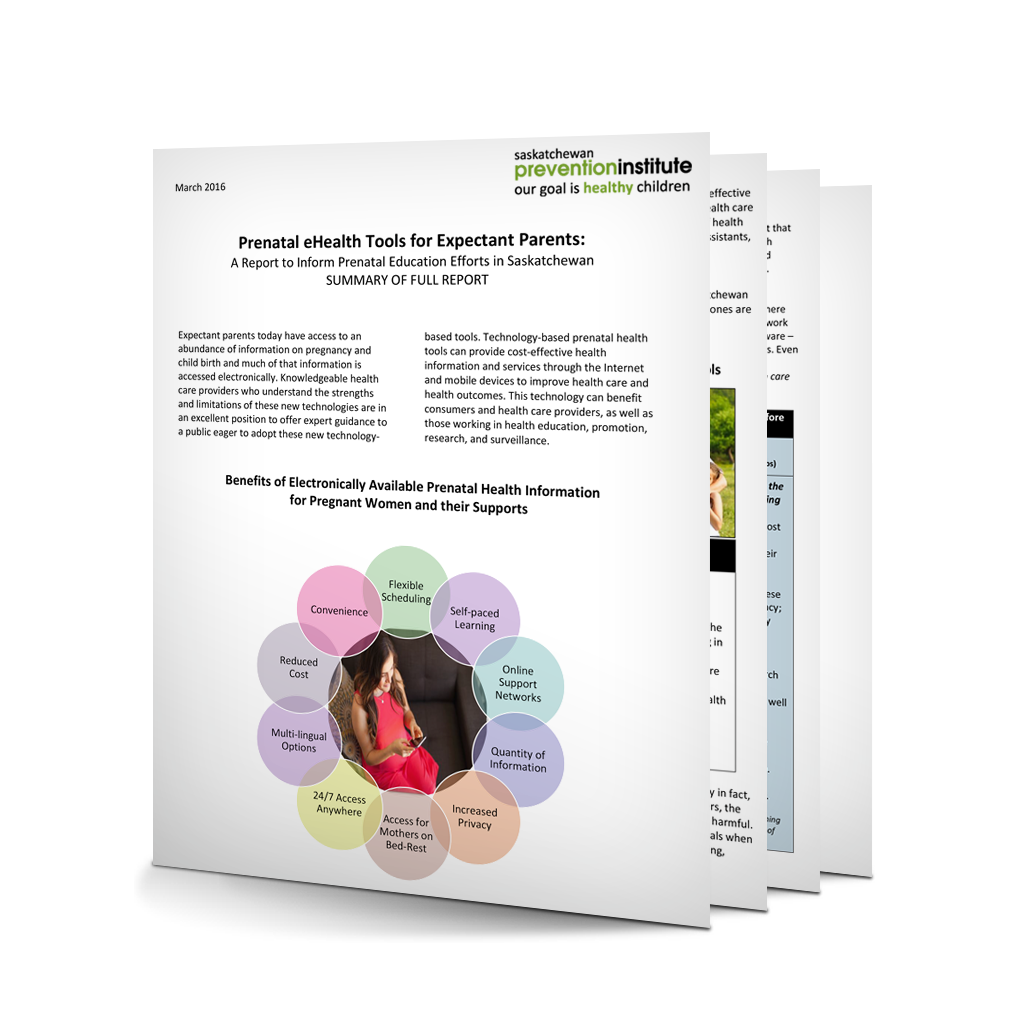
Prenatal eHealth Tools
Report, 2016
Expectant parents today have access to a wealth of information on pregnancy and childbirth, and much of that information is accessed electronically. Knowledgeable healthcare providers who understand the strengths and limitations of these new technologies are in an excellent position to offer expert guidance to women using these technology-based prenatal health tools. This summary seeks to educate interested stakeholders about eHealth, what it entails, the potential benefits and challenges, and recommended options for using eHealth to provide quality prenatal information to residents of Saskatchewan.
SKU: 2-902 -

Infant Mortality in Saskatchewan: Evidence to Inform Public Health Practice
Report, 2009
This document was prepared to describe the relationship between modifiable risk factors and infant mortality. It is meant to provide guidance, strategies, and support to help expand or develop programs that may contribute to the reduction of infant mortality in Saskatchewan. It includes a review of the literature regarding prevalent risk factors associated with infant mortality, as well as identifying promising practices related to those modifiable risk factors.
SKU: 2-457 -
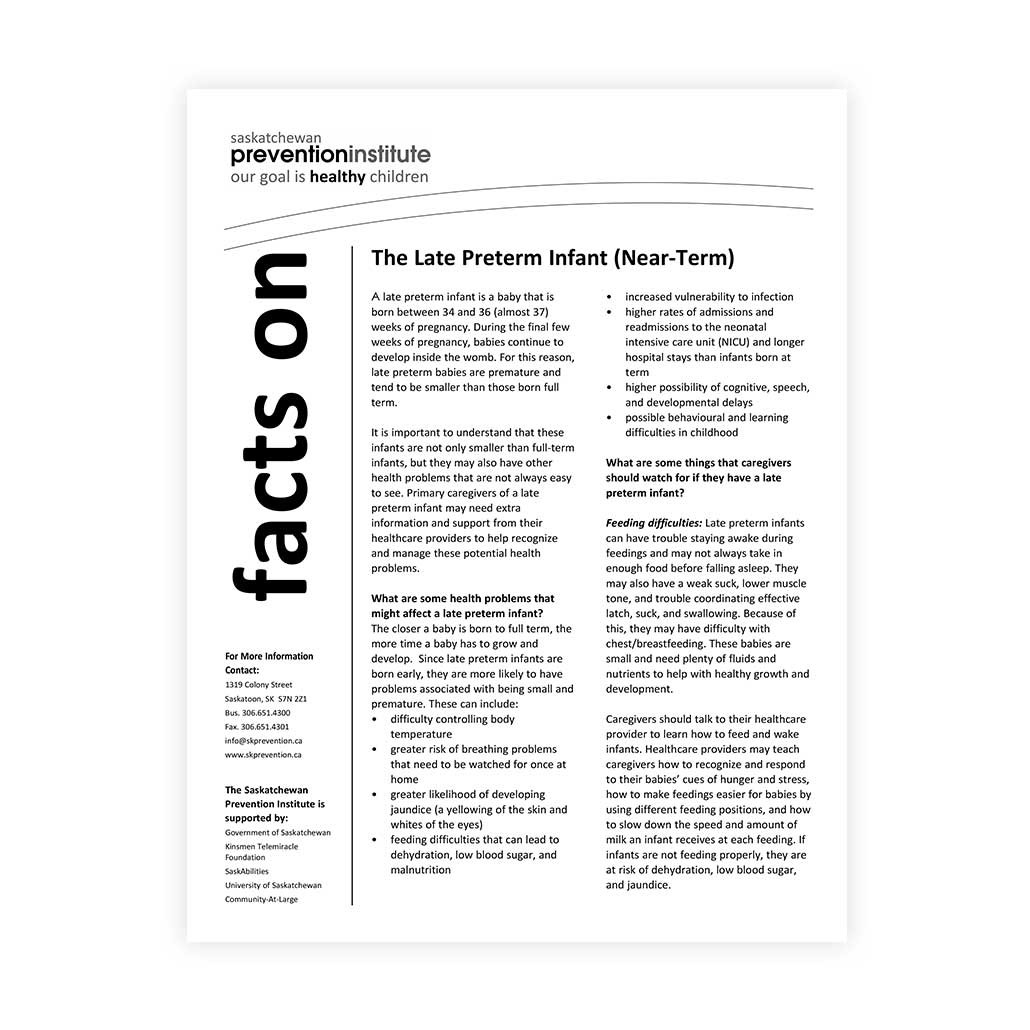
Late Preterm Infant (Near-Term)
Fact Sheet, 2023
A late preterm infant is a baby that is born between 34-36 (almost 37) weeks of pregnancy. This fact sheet provides information about some health problems that might affect a late preterm infant, things that caregivers and parents should watch for, and some questions to be discussed before leaving the hospital.
SKU: 2-201 -
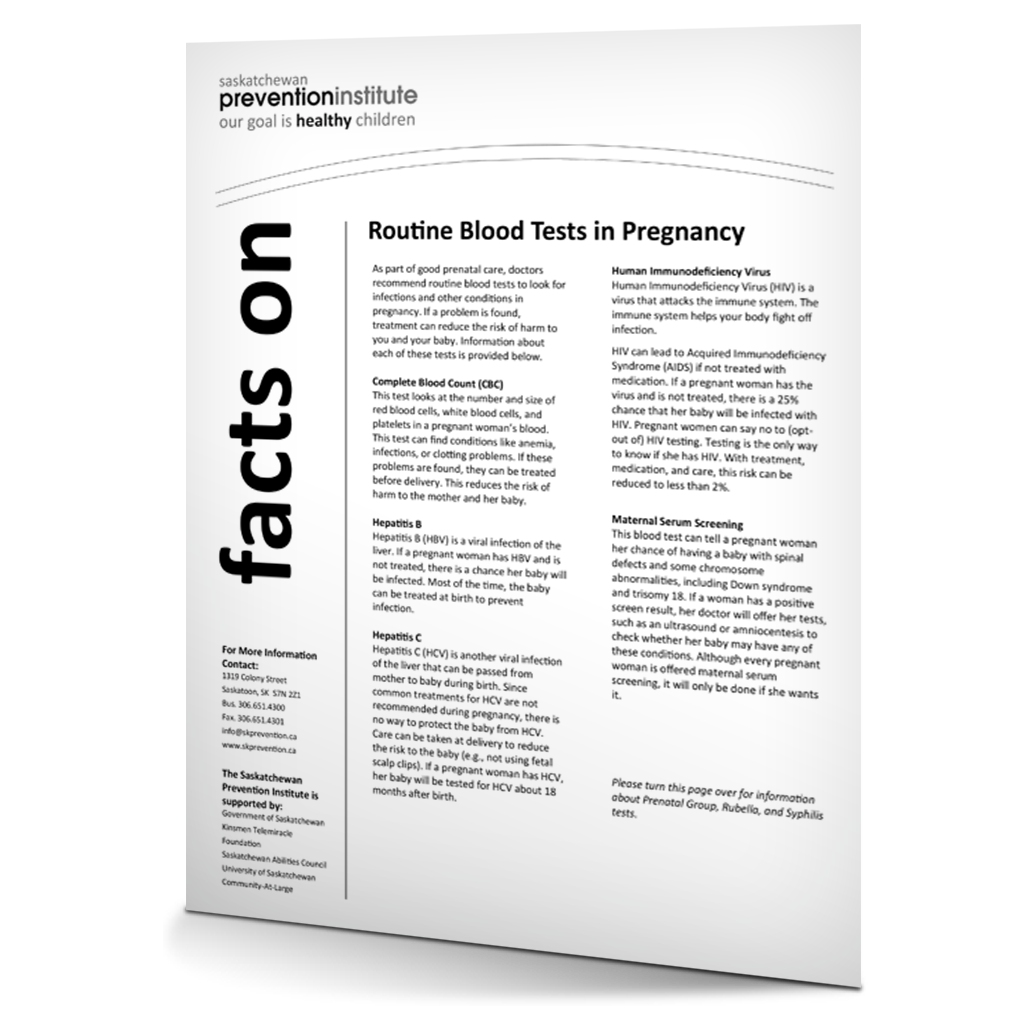
Routine Blood Tests in Pregnancy
Fact Sheet, 2013
As part of prenatal care, routine blood tests are recommended for all women. If these tests identify an infection or another condition, treatment can reduce the risk of harm to the pregnant woman and her baby. This fact sheet provides information on routine blood tests conducted. The sheet comes in pads of 50.
SKU: 2-427 -
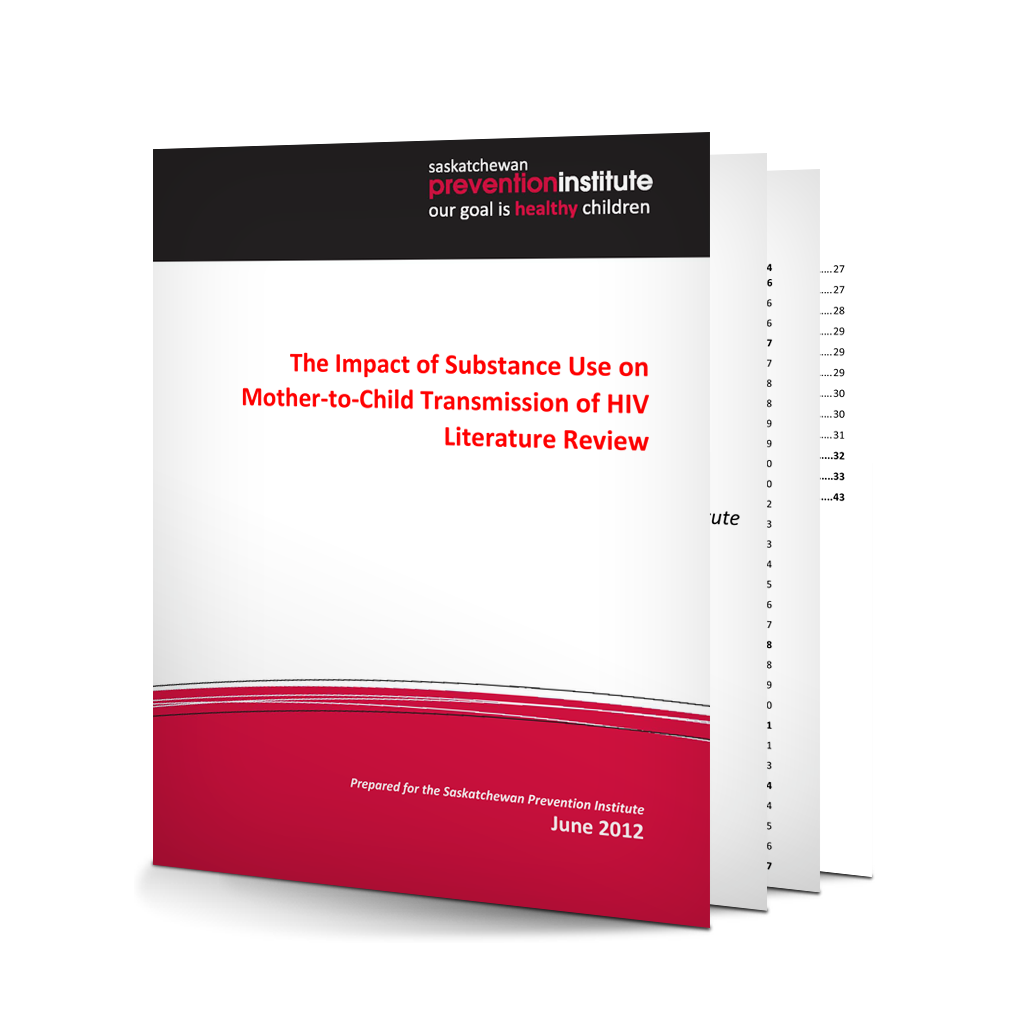
The Impact of Substance Use on Mother-to-child Transmission of HIV
Report, 2012
This literature review aimed to assess the impact of substance use on mother-to-child transmission (MTCT) of HIV. Such a review was deemed necessary due to Saskatchewan’s unique HIV profile. Specifically, new cases of HIV in Saskatchewan are: (a) the highest in Canada; (b) most often associated with injection drug use (IDU); and (c) increasing rapidly in women of childbearing age (ages 15 to 39). The primary questions addressed in the report include: Why do substance use services need to be focused on to avoid MTCT of HIV? How does having a substance use issue influence high risk behaviours that can lead to HIV infection? How does having a substance use issue affect virus progression and impact the health of pregnant women living with HIV?
SKU: 7-508 -
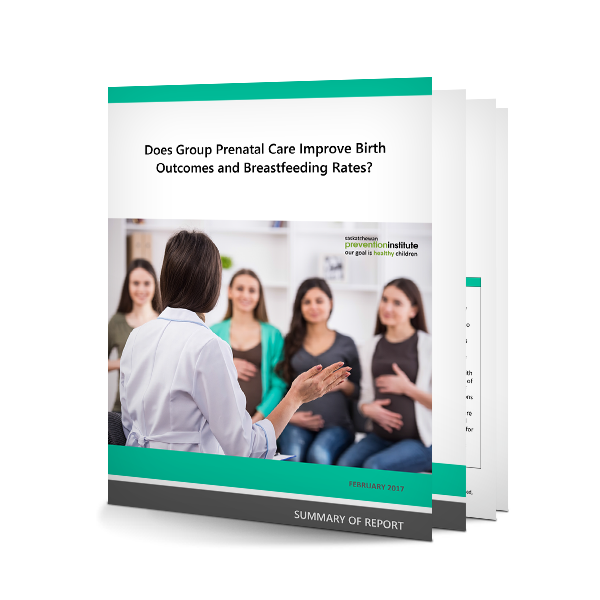
GPC Evidence Summary
Report, 2016
Group prenatal care is a model of group where eight to twelve women of similar gestational age meet as a group with their healthcare provider for 90-120 minutes of regularly scheduled appointments, starting in their second trimester and continuing throughout their pregnancy. During these appointments, each woman has a brief individual physical assessment with the healthcare provider and then participates in a group discussion led by a healthcare provider. All prenatal care is provided in this group setting, combining the usual physical assessment with peer support and increased time for education about healthy pregnancy. This report examines current research on group prenatal care to assess if it is a good model of care for Saskatchewan and if there is an improvement in birth outcomes and breastfeeding rates associated with using this model of care compared to individual prenatal care. Birth outcomes examined in this report are gestational age at birth, preterm birth, and low birth weight.
SKU: 2-904 -
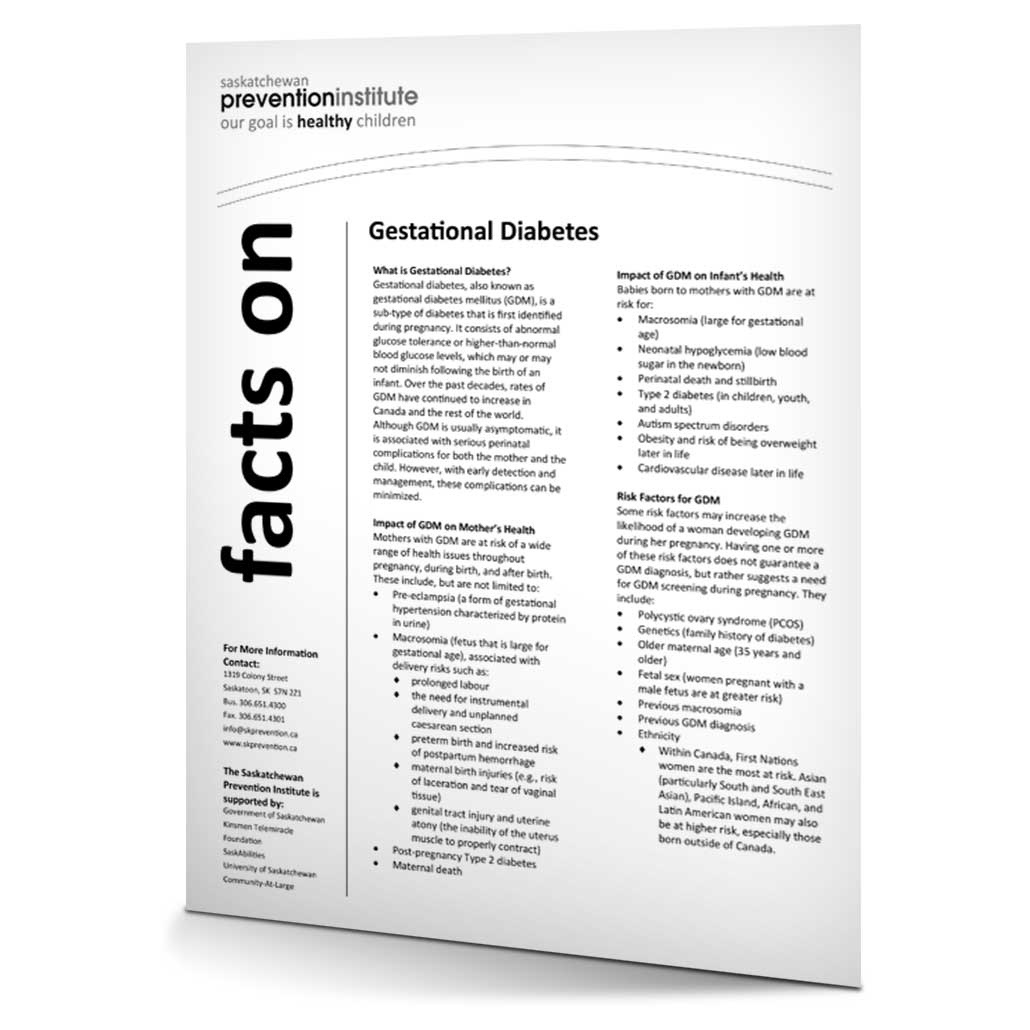
Gestational Diabetes Fact Sheet
Fact Sheet, 2020
Gestational diabetes, also known as gestational diabetes mellitus (GDM), is a sub-type of diabetes that is first identified during pregnancy. This fact sheet provides information on risk factors for developing GDM, its impact on maternal and child health, screening and diagnosis, as well as recommended management and primary prevention strategies.
SKU: 2-442 -

Provincial Services for Women Living with HIV Who Have Experienced Violence and Abuse
Report, 2012
This document outlines agencies (provincial and national) that provide services for women who have experienced abuse, sexual abuse, and/or have HIV. Descriptions and contact information (phone numbers and websites) are provided.
SKU: 7-512 -

Tips for Talking with Your Students: Building Healthy Relationships (In Person and Online)
Report, 2024
Teaching young people how to build healthy relationships provides them with valuable skills that can promote their overall health. This resource is designed for educators and provides tips for educating students about building healthy relationships, including dating relationships.
SKU: 7-303 -
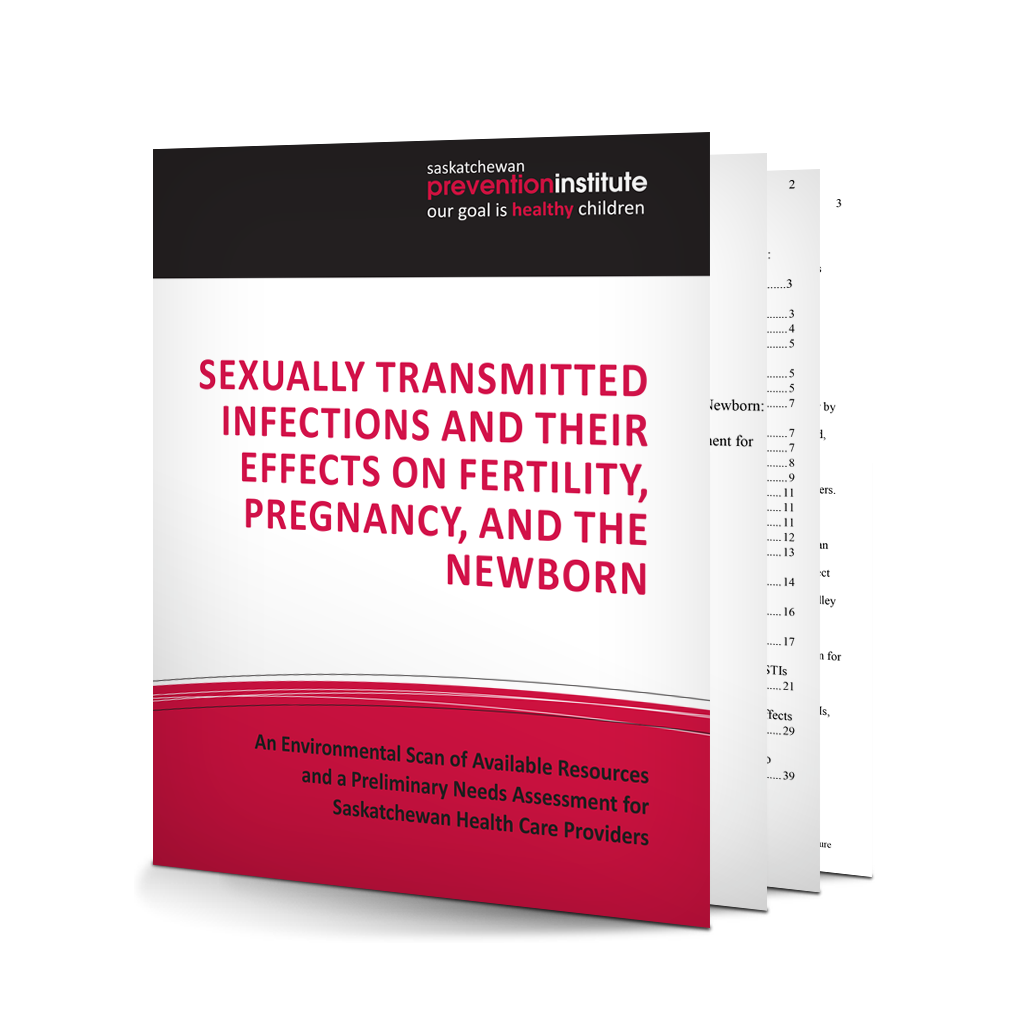
Sexually Transmitted Infections (STIs)
Report, 2010
This report presents the results of an environmental scan of available education resources focused on the effects of STIs, and their impact on fertility, pregnancy, and the newborn. Included is a preliminary assessment of the needs of health and allied health professionals in Saskatchewan for resources in this area.
SKU: 7-502 -
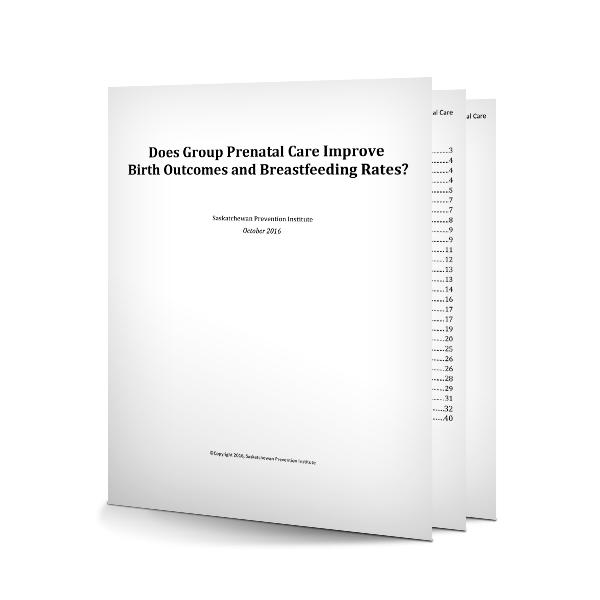
Group Prenatal Care Lit Review
Report, 2016
Group prenatal care is a model of group where eight to twelve women of similar gestational age meet as a group with their healthcare provider for 90-120 minutes of regularly scheduled appointments, starting in their second trimester and continuing throughout their pregnancy. During these appointments, each woman has a brief individual physical assessment with the healthcare provider and then participates in a group discussion led by a healthcare provider. All prenatal care is provided in this group setting, combining the usual physical assessment with peer support and increased time for education about healthy pregnancy. This report examines current research on group prenatal care to assess if it is a good model of care for Saskatchewan and if there is an improvement in birth outcomes and breastfeeding rates associated with using this model of care compared to individual prenatal care. Birth outcomes examined in this report are gestational age at birth, preterm birth, and low birth weight.
SKU: 2-903
